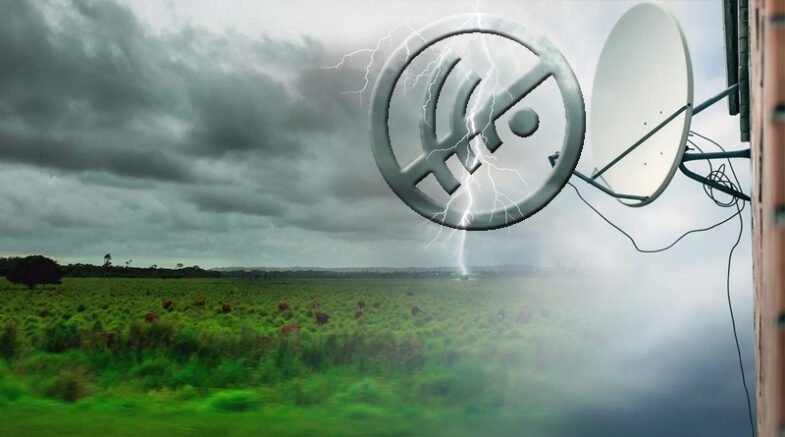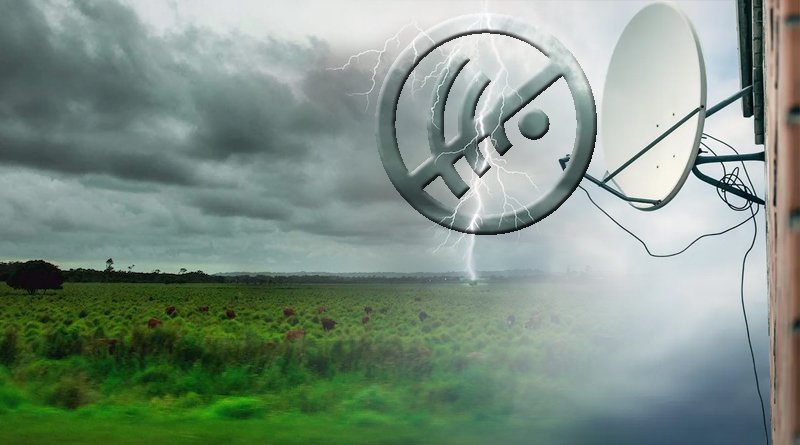Governments, private sector & nonprofit organisations whose operations depend on safe & secure flow of digital information could sustain damage from such internet outages.

Researchers discovered that the risk of internet outages has increased due to “hot spots” along the trans global cable network being exposed by ocean and nearshore disturbances brought on by extreme weather events.
Climate change may compromise the flow of digital data through fiber-optic cables lining the ocean floor. This is supported by recent research from researchers at the University of Central Florida and the National Oceanography Centre of the United Kingdom that was published in the journal Earth-Science Reviews.
Governments, the private sector, and nonprofit organisations whose operations depend on the safe and secure flow of digital information could sustain enormous damage from such internet outages. For instance, the researchers noted that as tropical cyclones in the northern Pacific Ocean intensify, submarine cables off Taiwan’s coast are being put under stress.
Taiwan’s sovereignty is in jeopardy because China asserts its sovereignty over the island. Additionally, melting glacial and sea ice in strategically significant polar regions “are profoundly changing ocean conditions more rapidly than many other places on Earth,” the researchers discovered.
Thomas Wahl, a co-author and associate professor in the UCF Department of Civil, Environmental, and Construction Engineering, said in a release that “our analysis clearly stresses the need to carefully plan cable routes and landing station locations, factoring in a range of local hazards and how those are affected by climate change.”
The conclusions are based on an examination of peer-reviewed data sets on the vulnerability of seafloor cable infrastructure to climate change.
The U.S. Geological Survey, the University of Southampton, the Victoria University of Wellington in New Zealand, and the International Cable Protection Committee are additional study collaborators.
“We find that ocean conditions are highly likely to change globally as a result of climate change, but the feedbacks and connections between climate change, natural processes, and human activities are frequently complicated, leading to a high degree of geographic variability,” the researchers wrote.
Sea-level rise, according to the authors, will exacerbate these risks of internet outages because it will increase hazard severity, produce new dangers, and disperse risk to new locations. The global submarine cable network is likewise still growing.
The company Tele Geography’s real-time data reveals a vast network of trans-Atlantic and trans-Pacific lines connecting the United States to Europe and Asia. Submarine cables that connect to shorelines at countless interconnection points encircle other continents, including South America and Africa.
Although they are “fewer in number than those linked to human activities” like ship anchor strikes or bottom fishing, natural disasters that harm subsea cables can “synchronously damage multiple cable systems across large areas, isolating whole regions,” the authors wrote.
The Undersea Network author Nicole Starosielski, an associate professor of media, culture, and communications at New York University, has observed that today’s submarine cables are constructed and positioned with greater consideration for disaster risk.
She wrote on the Canadian website Open Canada that many cable stations, where submarine cables end after coming ashore, “were built before climate change was a consideration in builders’ minds.”
The International Cable Protection Committee issued a “best practises” document in 2021 to protect and promote the resilience of submarine telecommunications cables. It also co-published a report in 2009 with the United Nations Environment Programme that said rising seas could worsen erosion and increase flood risk for onshore coastal cable facilities.
In hurricane and typhoon zones, severe storms could influence the stability of the continental shelf seabed via the formation of eroding currents and waves. This could expose cables to more abrasion or suspension above the seabed, as well as trigger submarine landslides and greater turbidity.
Mike Clare, a researcher at the National Oceanography Centre, said it is essential for scientists and engineers to assess new potential disruptions caused by climate change. He noted that our reliance on cables that are no wider than a garden hose is a surprise to many, as satellites don’t have the bandwidth to support modern digital systems.
